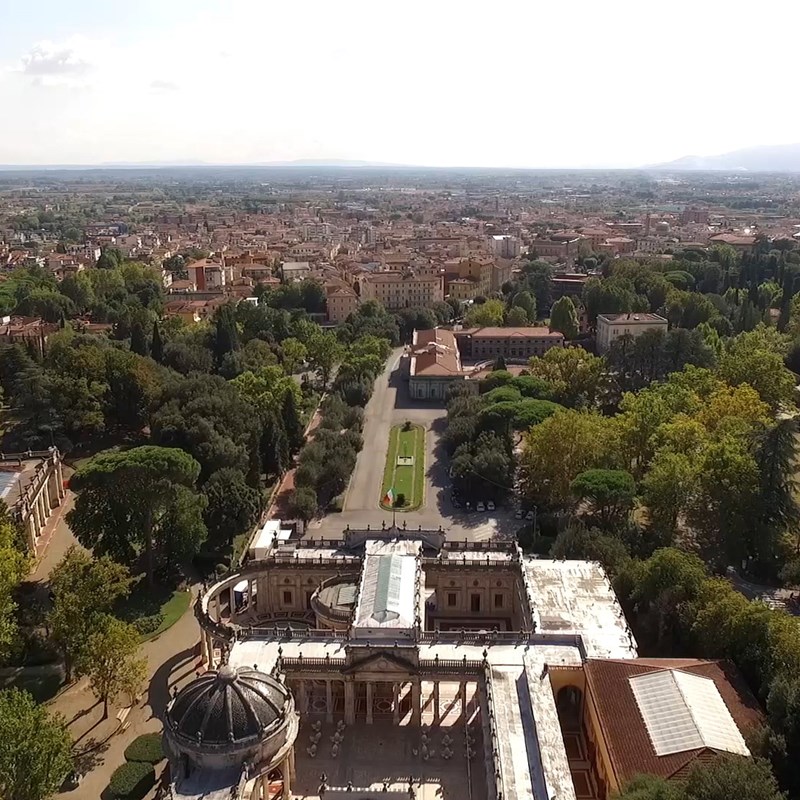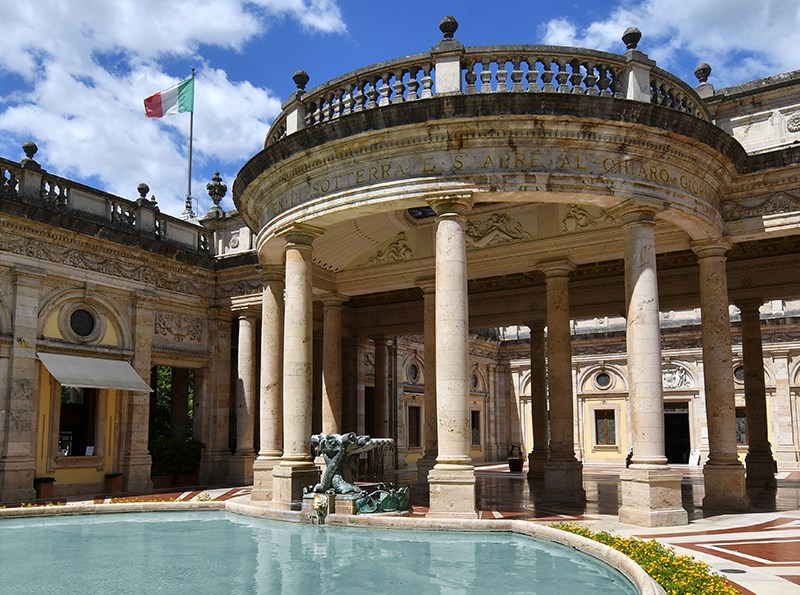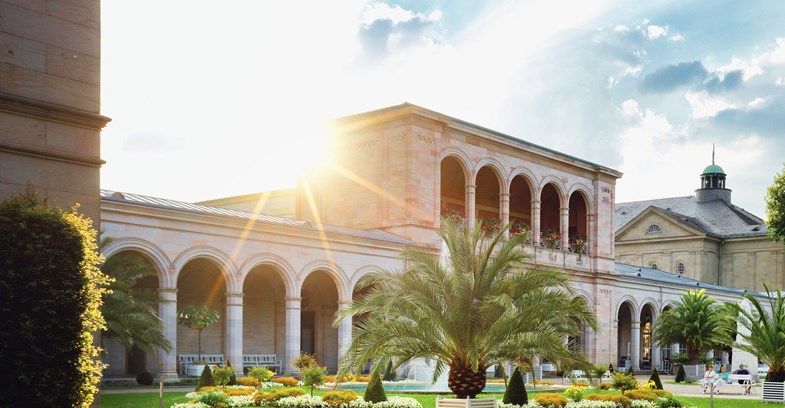Montecatini Terme, ITALY: Garden Spa of Europe
Montecatini Terme, with its early distinguished role in the recognition of the medical properties of mineral water, is an important representation in a country rich in thermal springs. Attracting important intellectuals and artists, such as Verdi, Puccini and Leoncavallo, the town is an ambitious regeneration project transformed a late-eighteenth century ‘garden spa’ into a ‘landscape spa’. Monumental spa architecture, centred on four main springs, is dotted jewel-like within an oasis of gardens, formal parkland and promenades. Greenery continues in a swathe of pine trees and terraced olive groves that, together with the historic funicular railway, ascend steep slopes crowned by Montecatini Alto - also the focal point of the central boulevard. With its eclectic and liberty spa architecture reinterpreted in Tuscan style, Montecatini Terme continues to serve as a centre for balneological treatment.

Montecatini Terme

Historic Urban Landscape of the ‘Great Spa’
The spatial plan of the nominated property can be divided into:
- The principal triangular spa district and its Thermal Park, located in the central flat area of the springs, comprising its great ensemble of thermal baths and axial tree-lined avenue.
- The surrounding ‘new’ spa town in the south, west and east, including its spa facilities and balneological institutes , squares, structures for leisure and pleasure (including the Kursaal/theatre and cinemas), grand hotels, palazzinas and houses, together with the railway station.
- The therapeutic and recreational spa landscape of parks and gardens.
- The linear corridor of the funicular railway (and therapeutic trail) that links Montecatini Terme with the old town of Montecatini Alto.
- Montecatini Alto, with its medieval ruins, old town and ‘new’ villas where doctors lived and treated their spa inpatients.

